crustaceans
In the Field
27/05/15 10:15
The semester is over! Tralalalalalalaaaaaa!!
Hey, I love teaching. And there are parts of my job that I love. But most of those parts are concentrated in the few days a year when I’m working, but not in my building. Right now none of my projects are in active need of field sampling or monitoring or measuring anything, so I am living vicariously through my students. Christine led an expedition out to Sapelo last week, where the UGA Marine Institute put us up in a house on the marsh for 5 days of finding horseshoe crabs (for their Chelonibia epibionts - Christine’s dissertation beast), exploring the marsh, teaching my 8-year-old the taxonomy of fiddler crabs, a little beach time, and a lot of writing and excellent together time, all of it much needed.
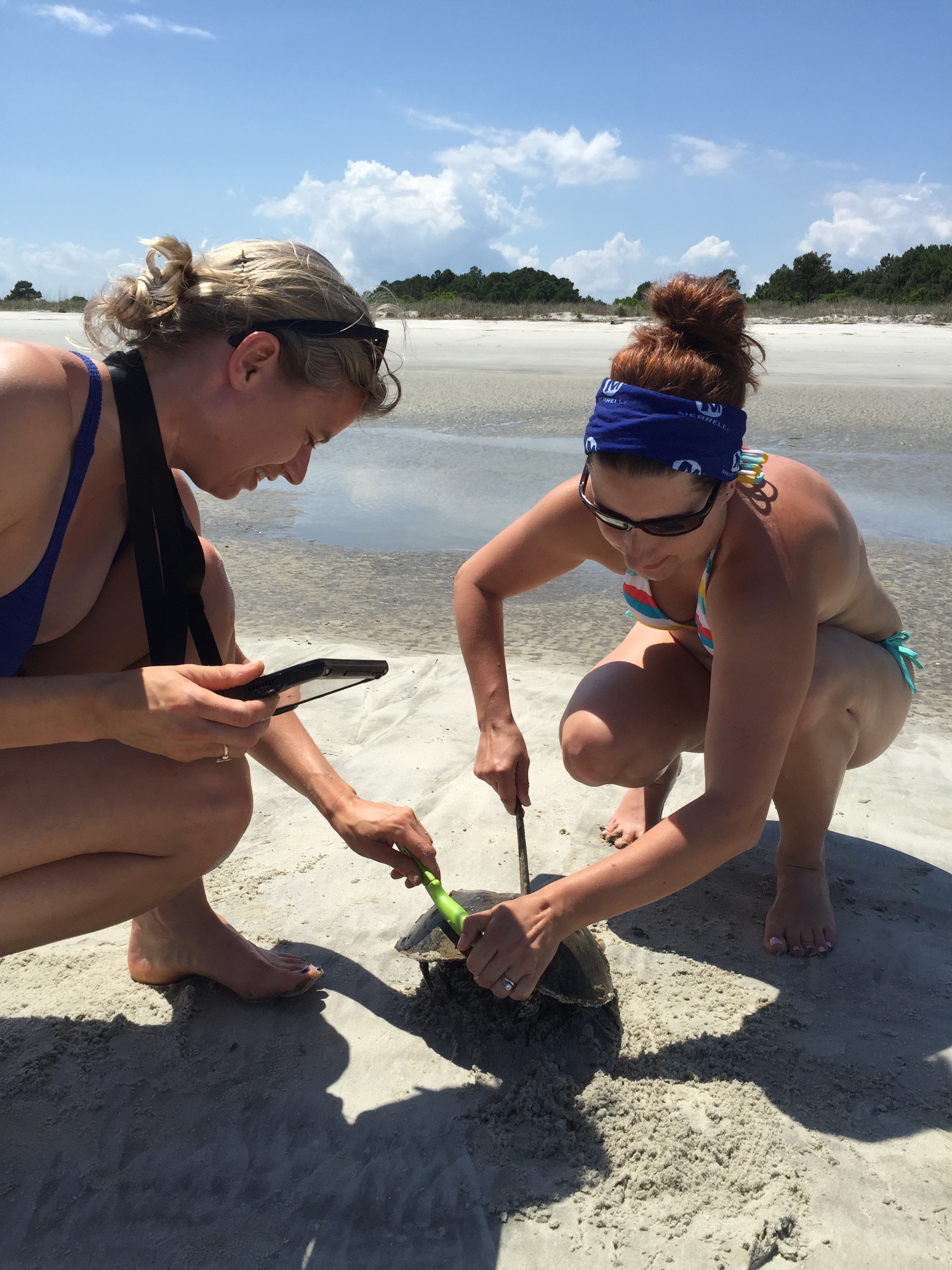
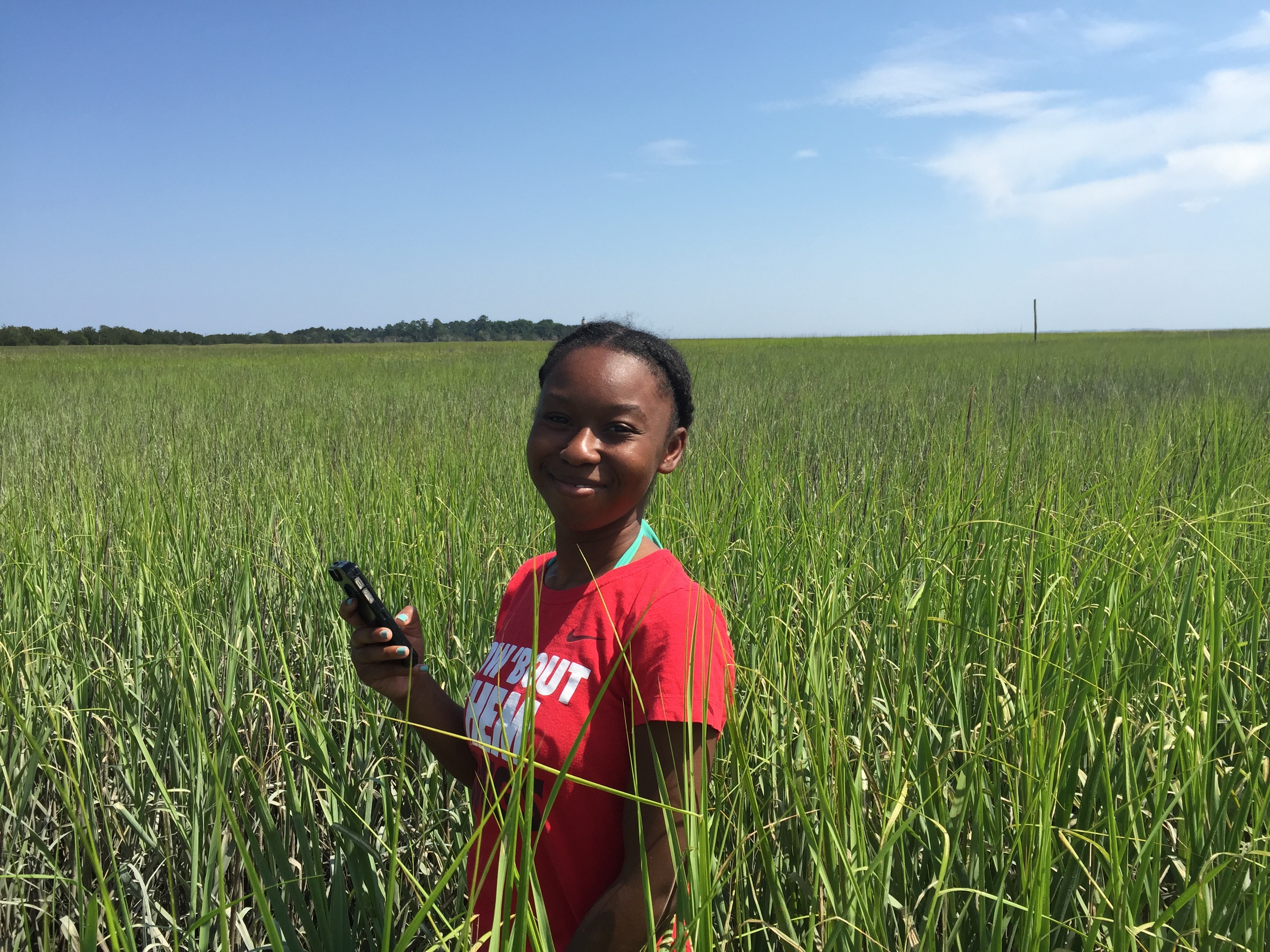
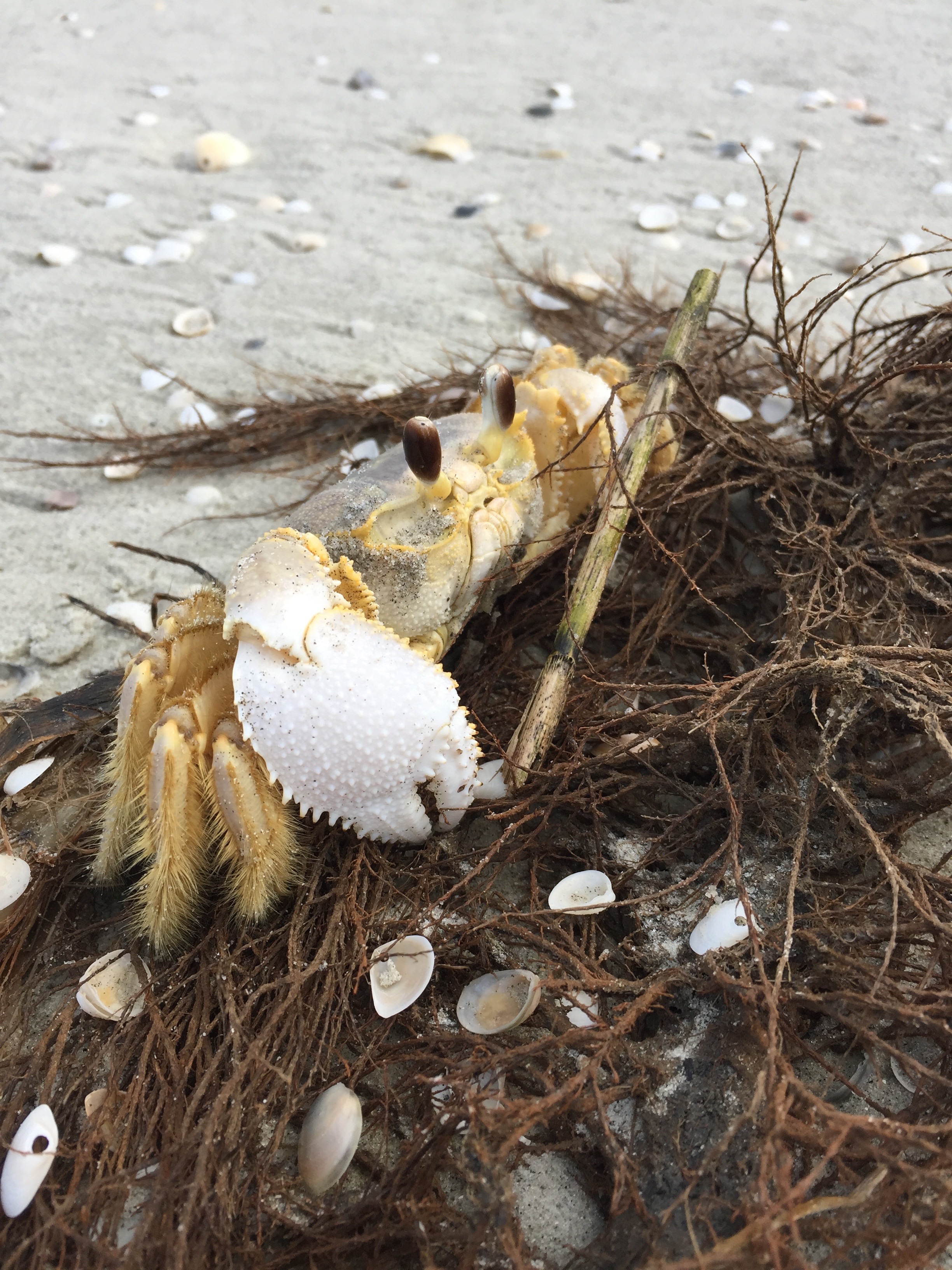
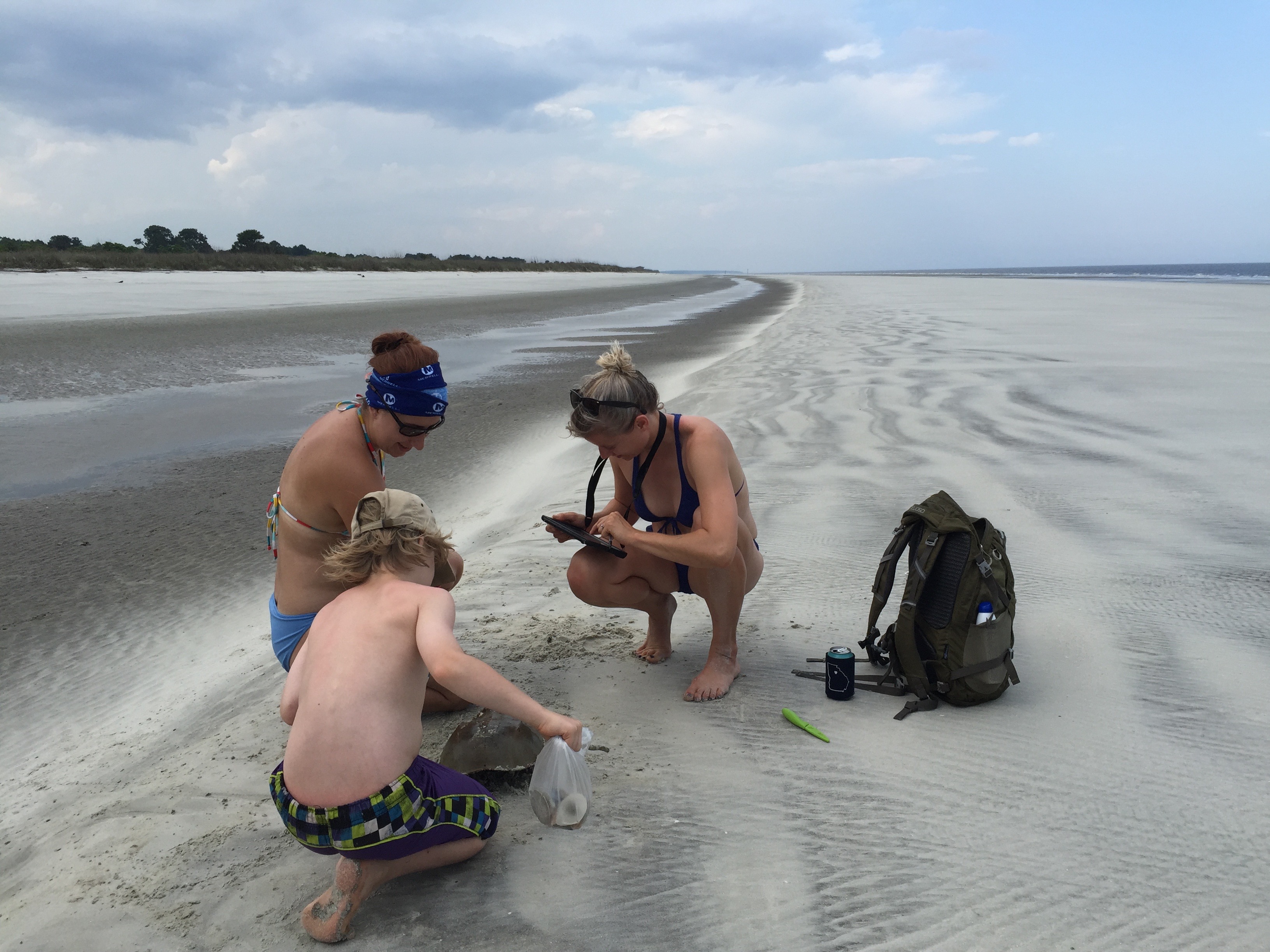
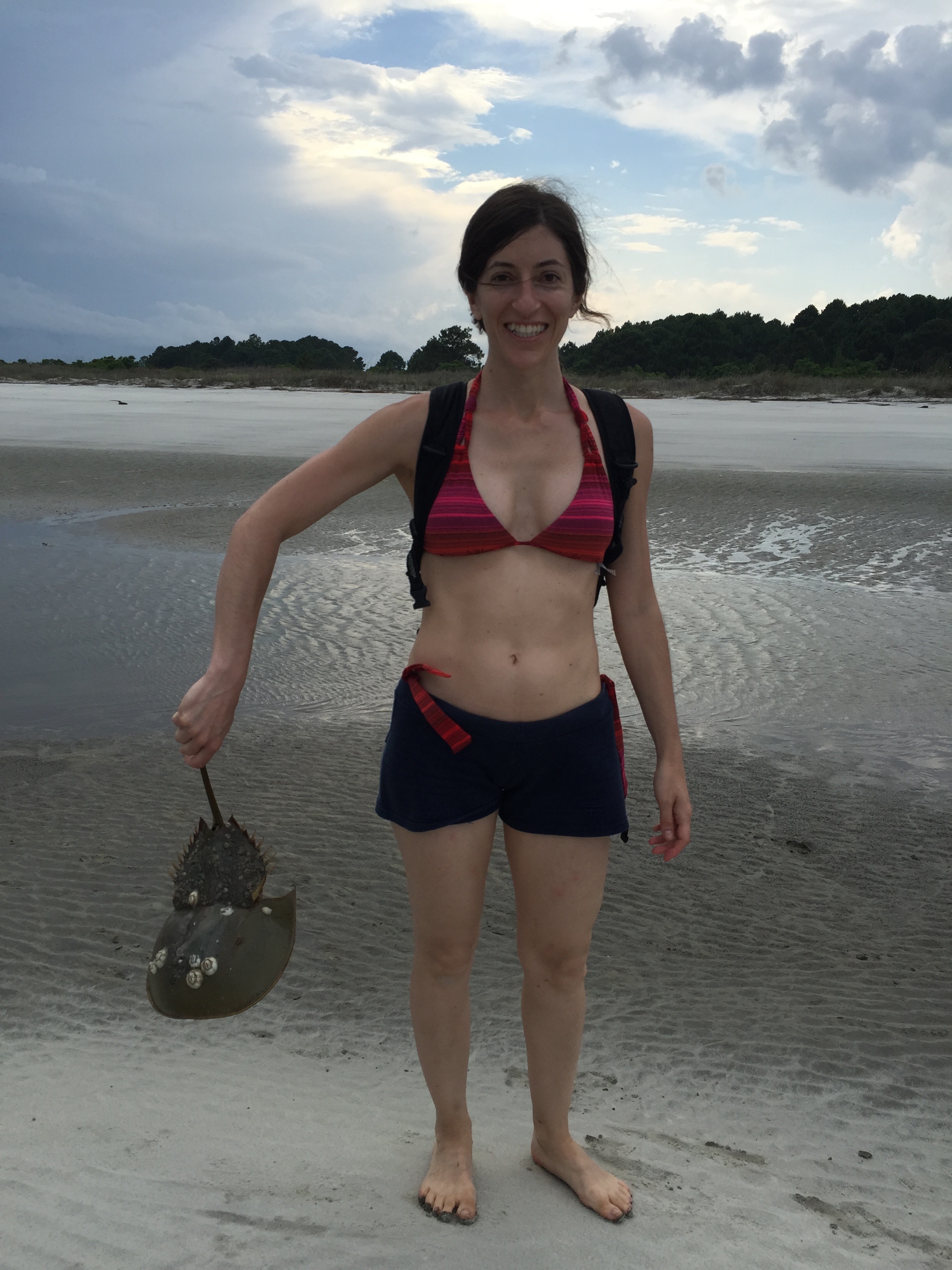
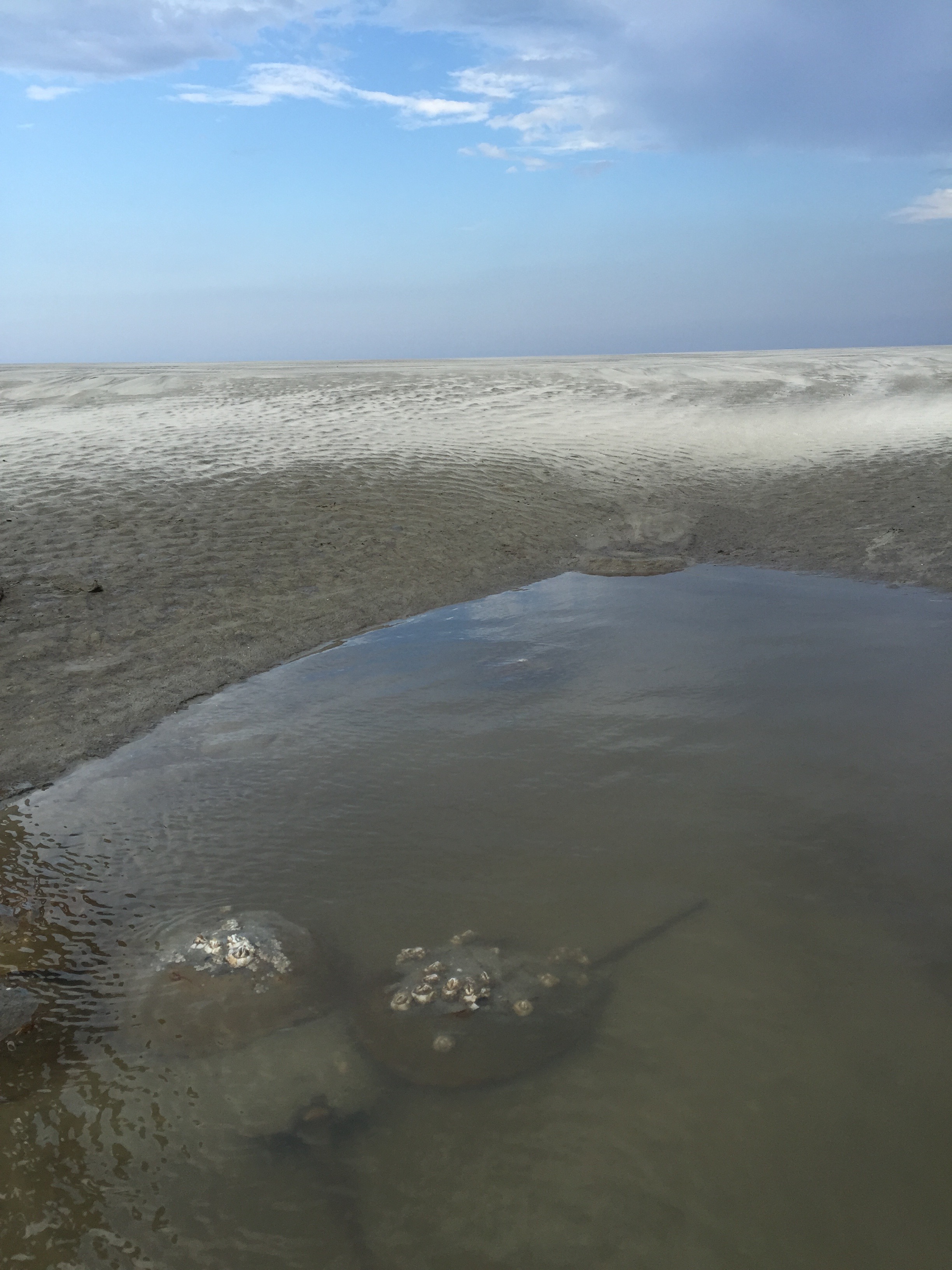
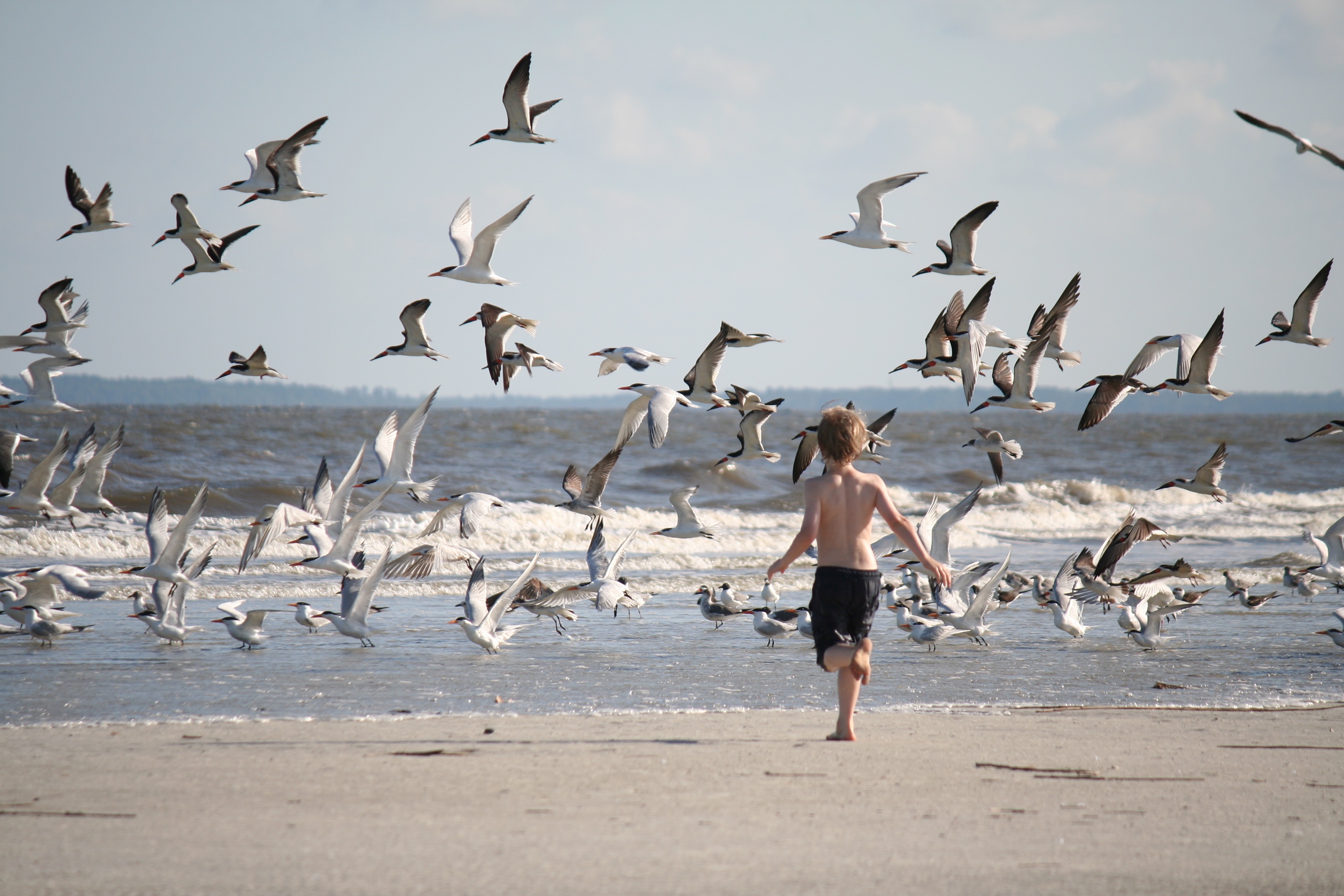
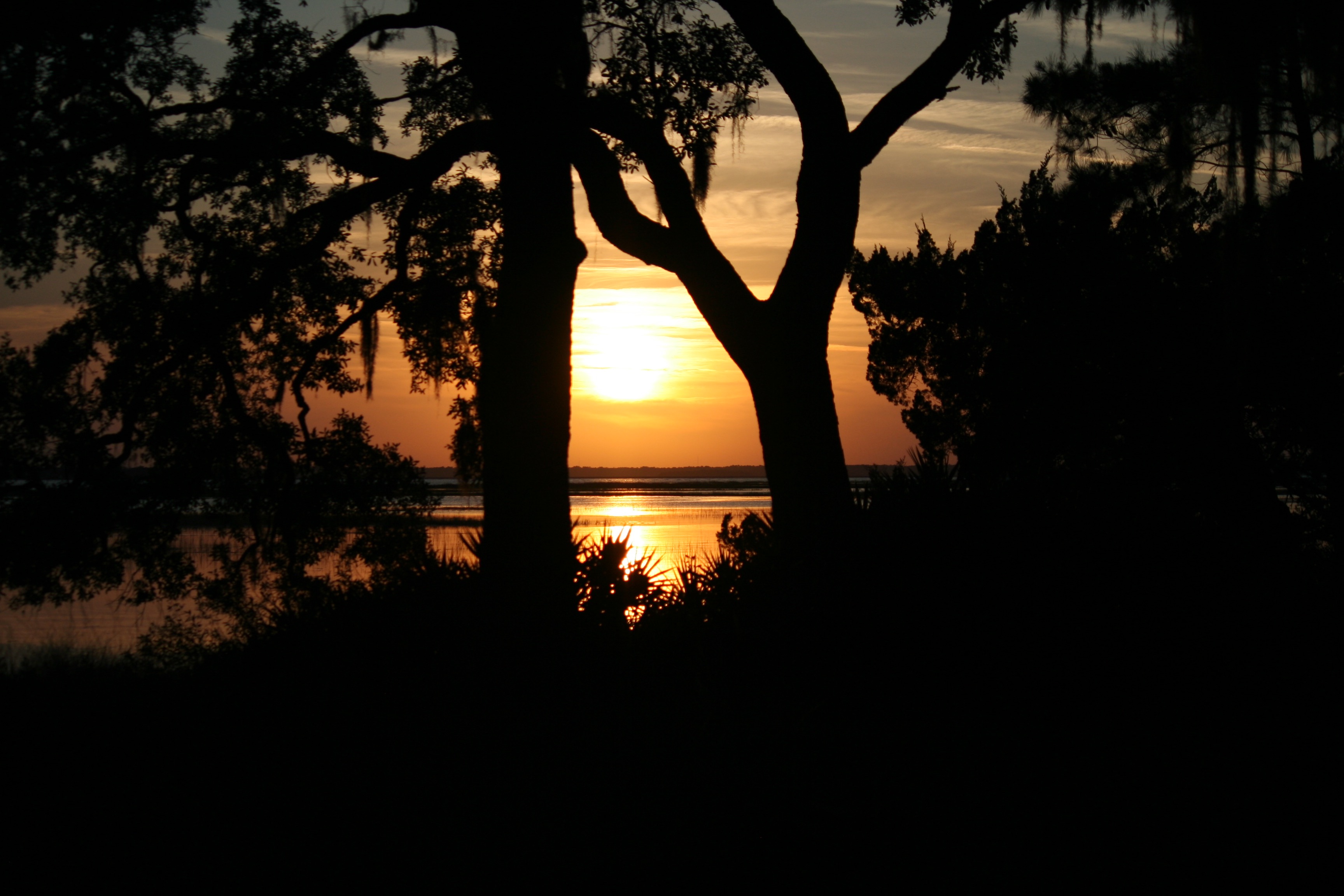
It goes without saying I have about 200 more pictures as good as those or better. We got our quarry, maybe 1-2 more field trips for Christine on her way to doctorhood! We were all sad to leave Sapelo (the loss of a day in cleaning, driving, unpacking, exhaustion, back to building), but quickly got to look forward to the next trip - south central Georgia for a day on a river with Katie Bockrath and Mary Freeman’s fish crew, who helped get us a second round of mussel hosts collected on a beautiful day before a big storm. The timing is everything - water temperature, how high the stream is running, whether it is storming of course, whether we can round up a truck on short notice (not to mention a crew) - and this was almost effortless for once!
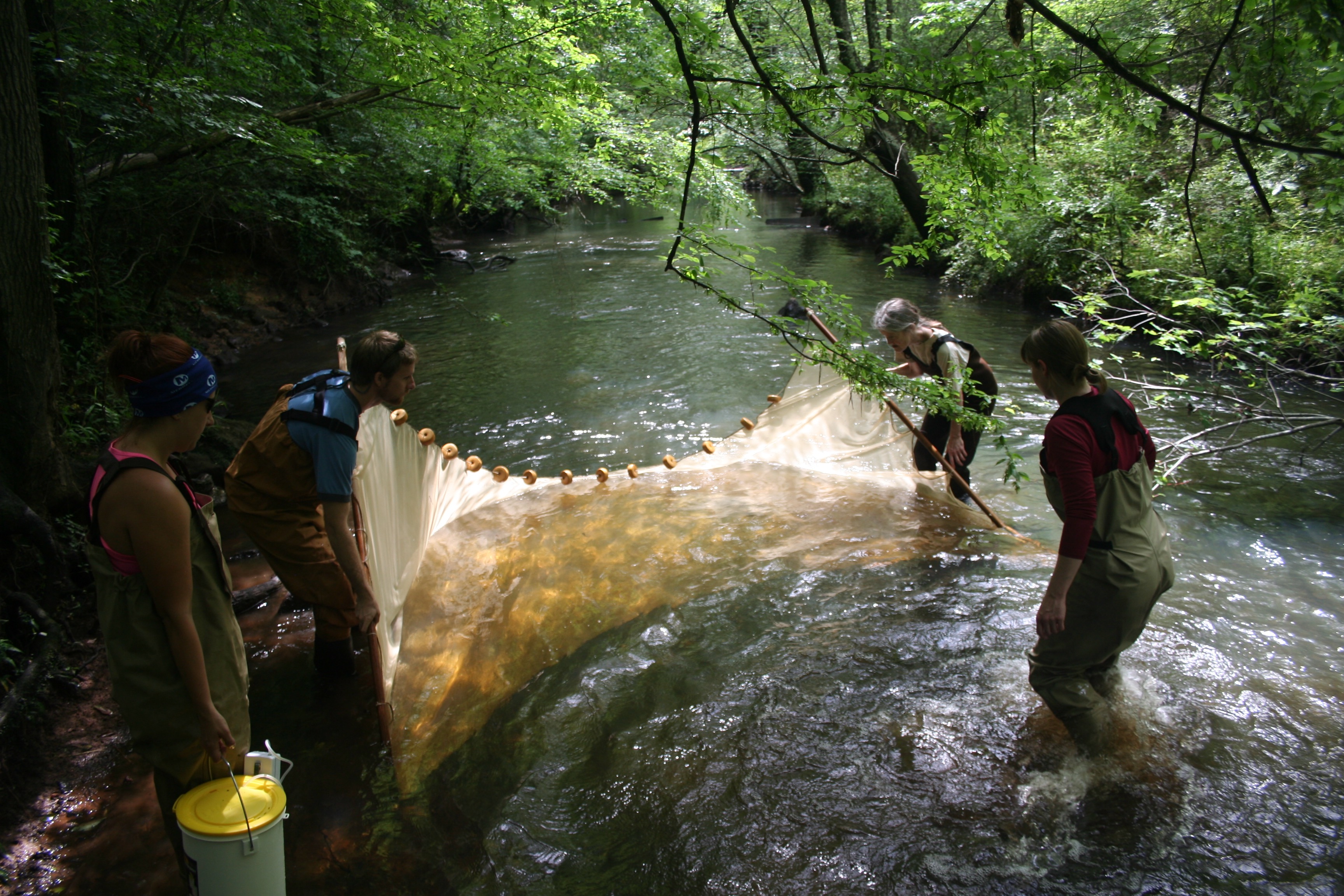
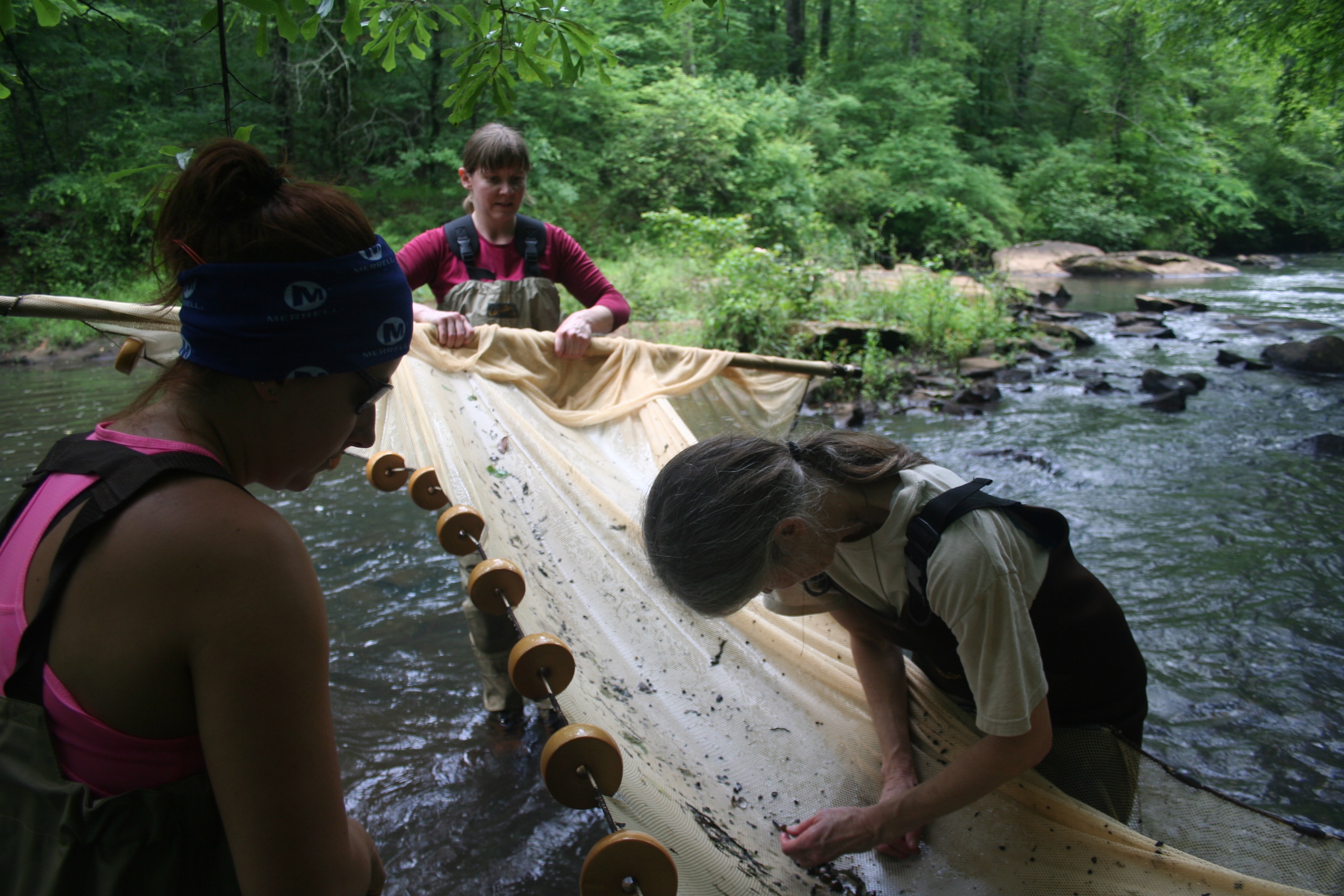
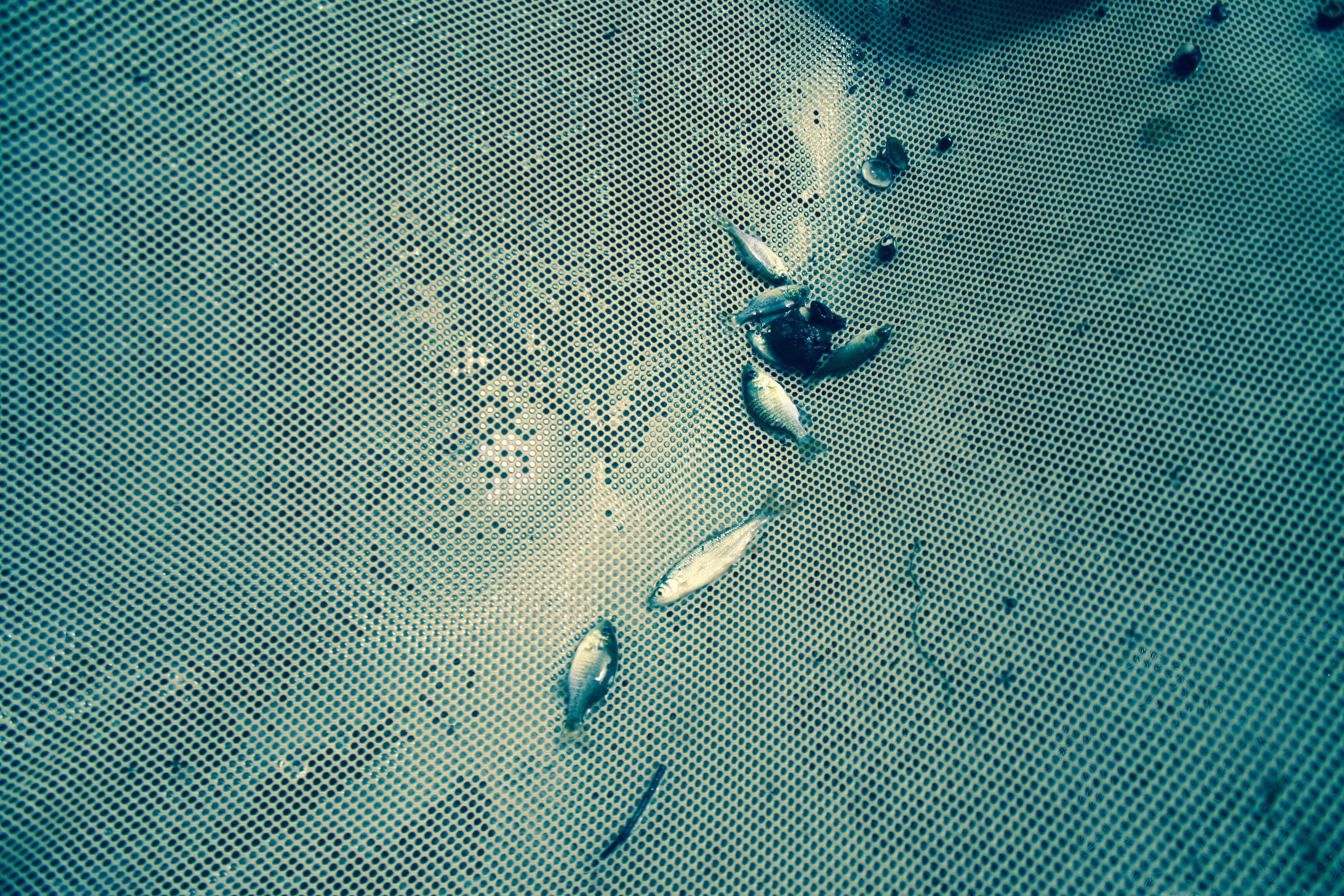
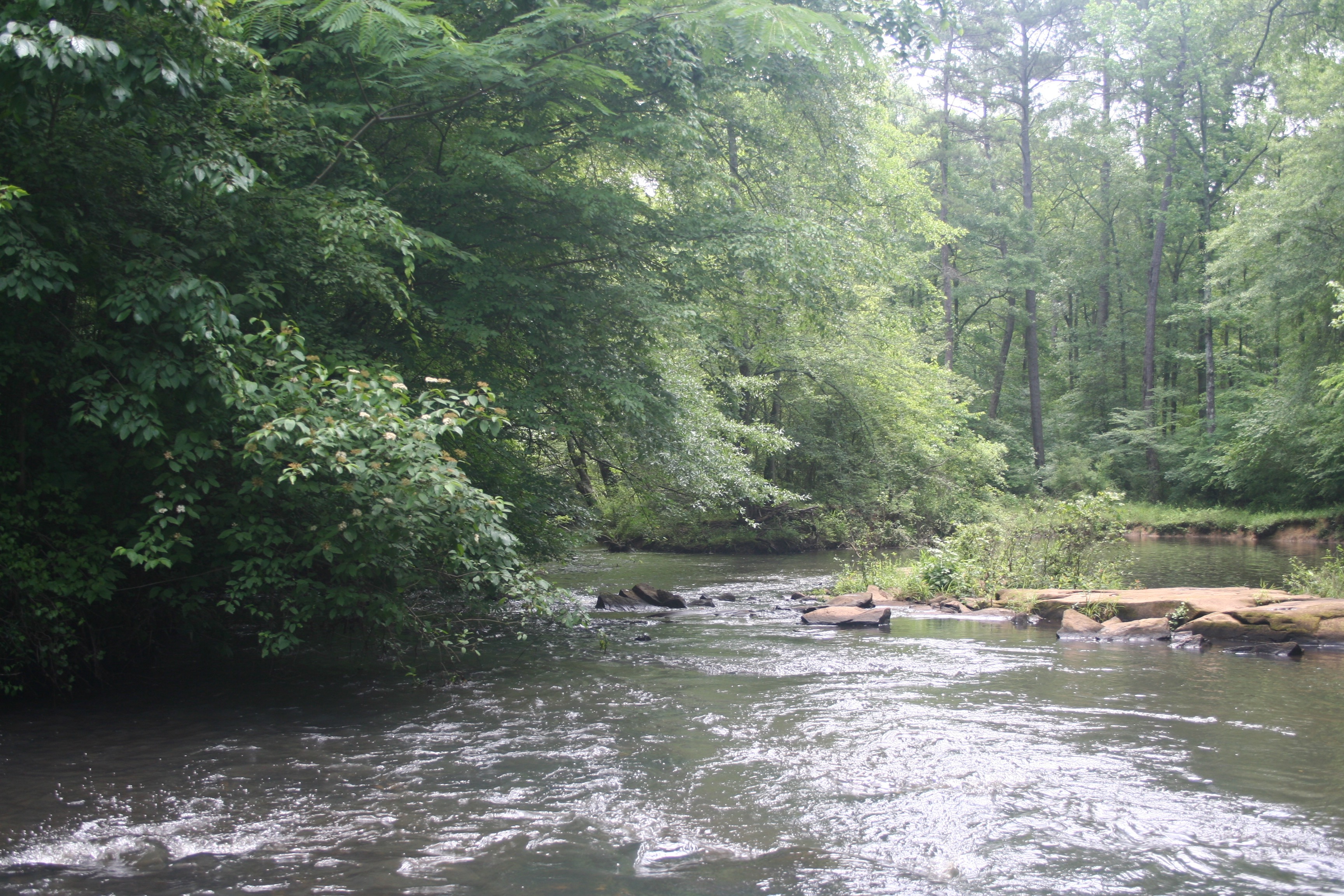
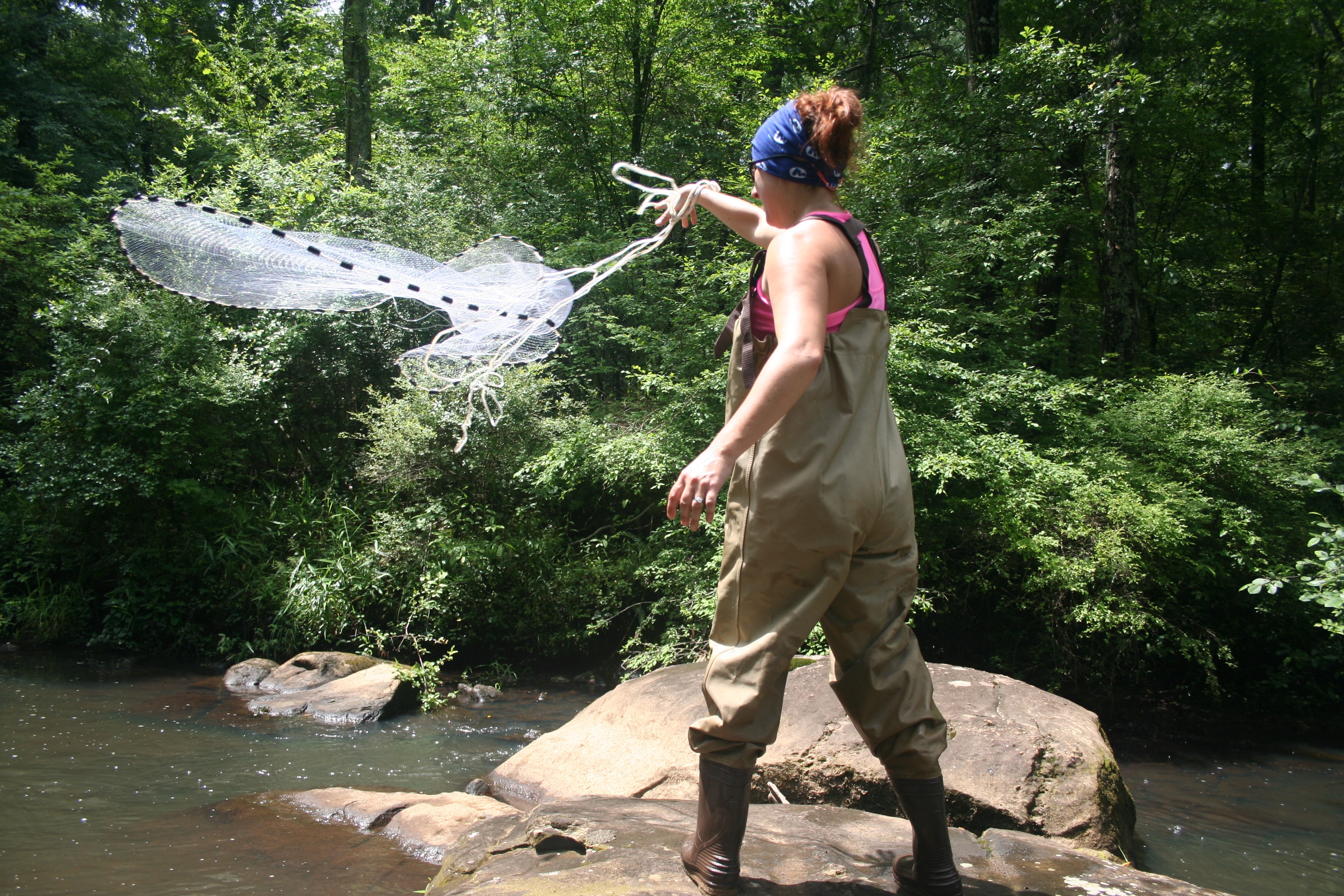
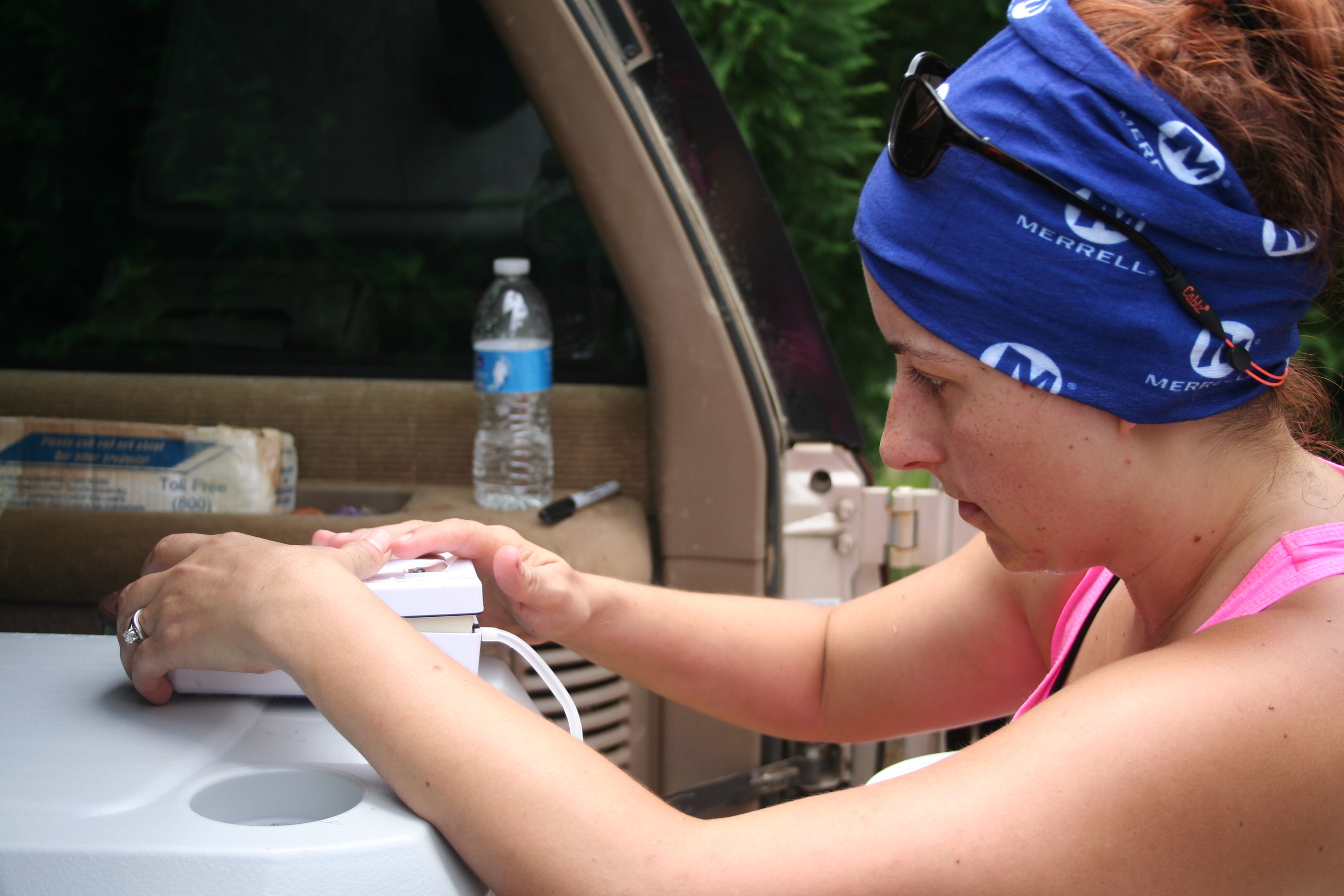
Thanks to everybody in the lab and otherwise who helped on these trips, in any way - these are the days I most feel like a biologist.
Hey, I love teaching. And there are parts of my job that I love. But most of those parts are concentrated in the few days a year when I’m working, but not in my building. Right now none of my projects are in active need of field sampling or monitoring or measuring anything, so I am living vicariously through my students. Christine led an expedition out to Sapelo last week, where the UGA Marine Institute put us up in a house on the marsh for 5 days of finding horseshoe crabs (for their Chelonibia epibionts - Christine’s dissertation beast), exploring the marsh, teaching my 8-year-old the taxonomy of fiddler crabs, a little beach time, and a lot of writing and excellent together time, all of it much needed.








It goes without saying I have about 200 more pictures as good as those or better. We got our quarry, maybe 1-2 more field trips for Christine on her way to doctorhood! We were all sad to leave Sapelo (the loss of a day in cleaning, driving, unpacking, exhaustion, back to building), but quickly got to look forward to the next trip - south central Georgia for a day on a river with Katie Bockrath and Mary Freeman’s fish crew, who helped get us a second round of mussel hosts collected on a beautiful day before a big storm. The timing is everything - water temperature, how high the stream is running, whether it is storming of course, whether we can round up a truck on short notice (not to mention a crew) - and this was almost effortless for once!






Thanks to everybody in the lab and otherwise who helped on these trips, in any way - these are the days I most feel like a biologist.
Horseshoes
04/06/12 10:55
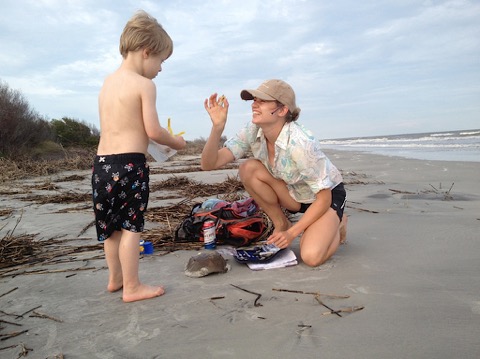
Another brilliant (but too short) trip to Sapelo. Christine Ewers is on another run of collecting horseshoe crabs for the Chelonibia (n.b. - as of June 2012, no page exists for this genus yet at Wikipedia, and barely noted in the Encyclopedia of Life) barnacles that grow on their backs. Horseshoe crabs come up to the beach at the highest tides to mate, so we were able to collect a few near sunset each day for her samples. Riley Wares helped out with the whirl-paks and enthusiasm!
For those of you who haven’t been to or worked at Sapelo Island, this is where UGA hosts its marine lab: certainly one of the more unusual marine labs I’ve been to. It has minimal infrastructure, but also minimal nearby development. Staff and researchers are housed in the buildings around R.J. Reynold’s old mansion, and we are well located for beach and salt marsh work (and play!). The island is separated from the coast by a 20-minute Department of Natural Resources ferry ride, a bargain at $1 per passenger.
Marine Biology
13/10/10 15:15
How funny is it to call yourself a marine biologist?
McSweeney’s knows it is funny.
Seinfeld knew it was funny.
And with colleagues like J-Long, it IS funny.
After the hairy theory/numerical/simulation Genetics paper our lab group read today though, I’d rather call myself a marine biologist any day!
McSweeney’s knows it is funny.
Seinfeld knew it was funny.
And with colleagues like J-Long, it IS funny.
After the hairy theory/numerical/simulation Genetics paper our lab group read today though, I’d rather call myself a marine biologist any day!
Meetings Meetings
04/10/10 15:55
Sometimes it is difficult to know when meetings are being productive, and when they are just filling the time so that we can justify our paychecks! The last few weeks have been quite full of meetings, individually with students and then with as many as ten colleagues around the table (associated with our Coral EID and Barnacle Biogeography collaborations). As I mentioned in the last update, we’ve been juggling e-conference software as well. Though our EID group has gotten more savvy about using the Adobe Connect Pro meeting software, I’m still by and large very impressed with the EVO system. Not only did it allow more-or-less quality communication among our group of Chileans, New Englanders, and Georgians last week, but it is also quite easy to connect to the same meeting by phone, Skype, or the internet teleconferencing with video/audio. There just really isn’t a good replacement for an occasional face-to-face with colleagues, and then the nitty gritty can get worked out over email.
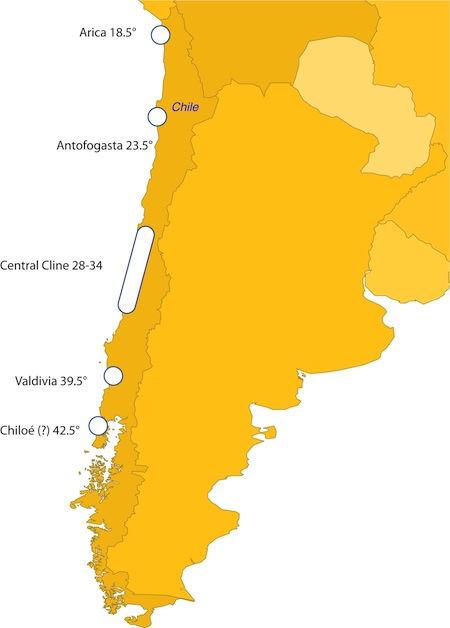
One trade-off involved with working out such details is that in a good collaboration, the workload is appropriately shared so that the best possible science is done most efficiently. In this case, my standing collaboration with Sergio Navarrete has led to a near-perfect situation where his postdoc happens to already be sampling many of the sites that we need samples from in the coming years. This is all going to work out well.... except now I have fewer good excuses for research jaunts to coastal Chile! Clearly, some of our face-to-face meetings will need to be in person, perhaps over a good plate of local seafood and some pisco sours.

One trade-off involved with working out such details is that in a good collaboration, the workload is appropriately shared so that the best possible science is done most efficiently. In this case, my standing collaboration with Sergio Navarrete has led to a near-perfect situation where his postdoc happens to already be sampling many of the sites that we need samples from in the coming years. This is all going to work out well.... except now I have fewer good excuses for research jaunts to coastal Chile! Clearly, some of our face-to-face meetings will need to be in person, perhaps over a good plate of local seafood and some pisco sours.
Busy February
11/02/10 09:02
Well, in the last month we’ve had at least 3 waves of graduate recruits - for our Interdisciplinary Life Sciences program, the Genetics department, and the School of Ecology - so it has been busy. For those of you who visited, it was great meeting all of you. Strange as it may seem, it is the newest graduate students that make this job easy. You folks bring the enthusiasm and (sometimes crazy) ideas, and we get the chance to work with new people all the time. Of course that means that we have a lot of great students who leave Athens, too, and that’s a bummer, but part of the job. We also got some good news in that an NSF proposal with Jeb Byers and Jamie Pringle is up near the top for funding...I might even have to “friend” NSF on Facebook if they fund us. Right now I’m finishing another NSF proposal, and have finished teaching the Life History/Molecular Pop Gen section of our core evolution course for graduate students, and next week I’ll be traveling to give a talk at UNC-Asheville (also a good excuse to take my mountain bike to the snow-dusted mountains up north!). So, yeah, it has been busy.
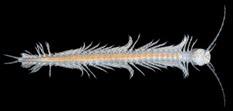
But today I actually wanted to give props to my Ph.D. advisor, I left his lab 10 years ago now. It has been a good week or two for Cliff Cunningham, with notable mentions in Science for the collaborative work he has done with Scott France and others on the origins of deep sea corals, and now in Discover magazine where his work to help determine the true phylogeny and ancestral relationships of the arthropods has made big waves! The picture of the xenocarid above represents the closest living relative to the Hexapoda, including insects - so we’re talking about a deep relationship here, appropriate since these blind creatures are found in caves....

But today I actually wanted to give props to my Ph.D. advisor, I left his lab 10 years ago now. It has been a good week or two for Cliff Cunningham, with notable mentions in Science for the collaborative work he has done with Scott France and others on the origins of deep sea corals, and now in Discover magazine where his work to help determine the true phylogeny and ancestral relationships of the arthropods has made big waves! The picture of the xenocarid above represents the closest living relative to the Hexapoda, including insects - so we’re talking about a deep relationship here, appropriate since these blind creatures are found in caves....
Tokyo
16/09/09 15:48
I’m off to Tokyo tomorrow as part of a trip to talk as an invited speaker at the Crustacean Society meeting. Part evolution, part ecology, part physiology, and mostly just a lot of love for these beautiful creatures!
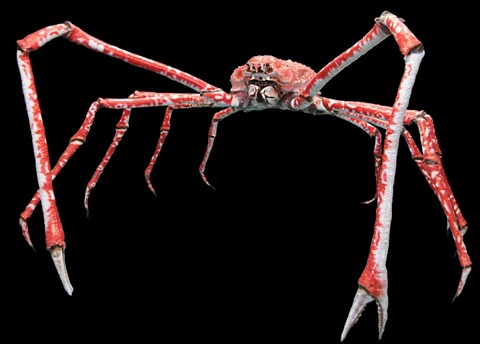
I’ve wrapped up two manuscript revisions in the past 2 days, written a lot of verbiage for 3 grant proposals, and done so without much sleep thanks to the flu ravaging my household (having a toddler who drools a lot can’t help). But so these things are, for the time being, DONE. Meaning I can leave and actually turn my machine off. That’s when I noticed how long my Mac Pro had been up, problem-free: 85 days. As long as I’ve owned it. No crashes, at least 3 genome assemblies, web interactions, thousands of emails. We’ve come a long way from the beasts I had to restart several times a day during grad school.

I’ve wrapped up two manuscript revisions in the past 2 days, written a lot of verbiage for 3 grant proposals, and done so without much sleep thanks to the flu ravaging my household (having a toddler who drools a lot can’t help). But so these things are, for the time being, DONE. Meaning I can leave and actually turn my machine off. That’s when I noticed how long my Mac Pro had been up, problem-free: 85 days. As long as I’ve owned it. No crashes, at least 3 genome assemblies, web interactions, thousands of emails. We’ve come a long way from the beasts I had to restart several times a day during grad school.